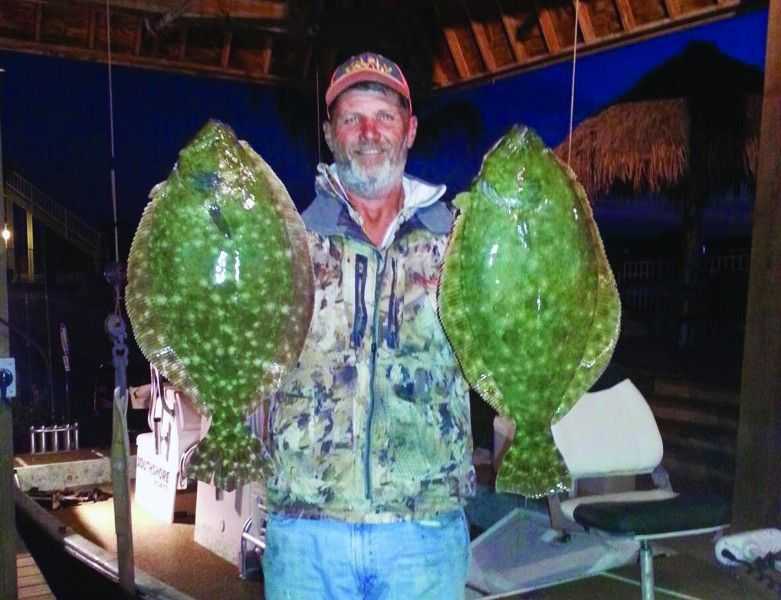A lot of flounder have been moving in to the bays and estuaries already this spring. Many anglers only know about the fall run for catching flounder and fluke, but the truth is that the ‘flatfish’ can be caught all year. Spring and summer months are great times to target flounder by both rod and reel and by gigging methods (check your state for regulations).
The fall run when flounder and fluke leave an estuary is definitely the best time of year to catch the ‘flat-fish’. At this time of year the fish is most concentrated as dropping temperatures push the fishes main forage species out of the bays and estuaries and into the open water offshore. Flounder will also use this time to spawn in nearshore waters before returning to the bays, inlets, rivers, and estuaries in the spring months. The fall run typically ends near mid-December in most gulf coast states. Atlantic states and Florida will vary compared to that timeframe based on seasonal water temperatures, the frequency of cold fronts, and any drop in salinity locally due to heavy rains associated with frontal passages or late season tropical depressions.
In the winter, a few flounder can still be caught. Wait; What? Yes, if you haven’t already caught a winter flounder it’s not too awfully hard. Some flounder will stay within each estuary all year. These are typically smaller males or younger females. They can be found on mud bottoms anywhere there is baitfish sufficient to sustain their lowered metabolism.
In the spring the flat-fish begin returning just about as soon as they leave. I spoke with Capt. Scott Maxwell (aka. ‘The Flounder Man!’) on a recent spring trip in Galveston. Scott said he observes flounder “…will start moving in on incoming tides in late February during the first warming trends. As the spring progresses into March, April, and May flounder will continue to move into the bays the whole time with the biggest females entering the estuaries last”. The concentration of fish is higher in late March and April, but Scott said that if you know where flounder congregate on side flats and pinches then you can catch them the whole time. He indicated that they will move in and out of the flats and back to deep areas as the temperatures and barometric pressures fluctuate. Best feeding patterns tend to be during warming trends with incoming tides and stable or dropping barometer. During the fronts and two days after fronts the bite can be a little finicky.
Late spring and summer is also a great time to catch and gig flounder…something that every angler should experience once. Capt. Scott Maxwell is one of the most versatile spring and summer fishing guides on the gulf coast choosing to give anglers options between redfish, trout, flounder on rod and reel, and gigging for flounder. You can reach Scott at 281-728-8523.
Tobin Strickland is on the Lew’s Fishing Field Staff.
